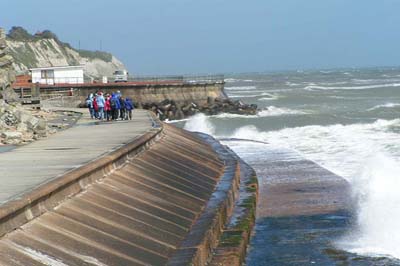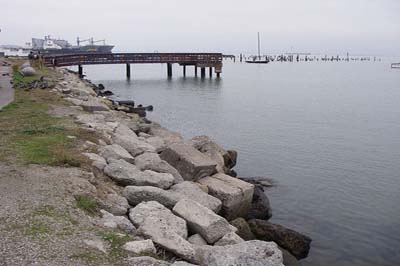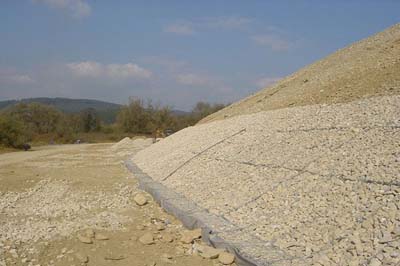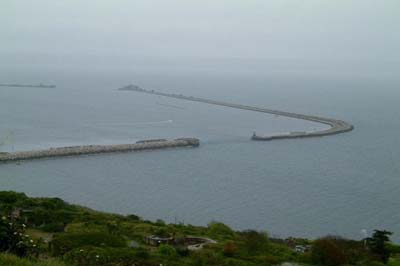Coastal Defense
Think again about your sand castle on the beach. If you want to prevent it from washing away in a wave, what can you do? You have to find a way to defend your castle.
Coastal defense includes all of the methods used to protect shorelines from the effects of erosion. You have been able to discuss some ideas about coastal defense with your classmates. Now check out each image to learn about some methods that are currently in use. Do any of them resemble your own ideas?









